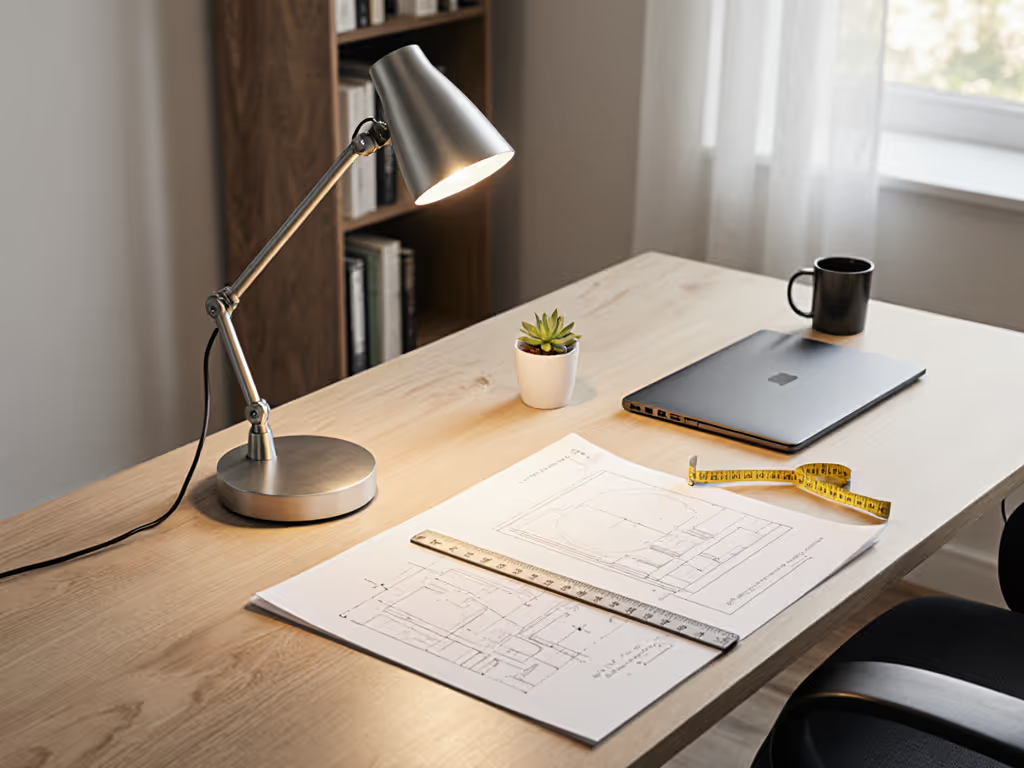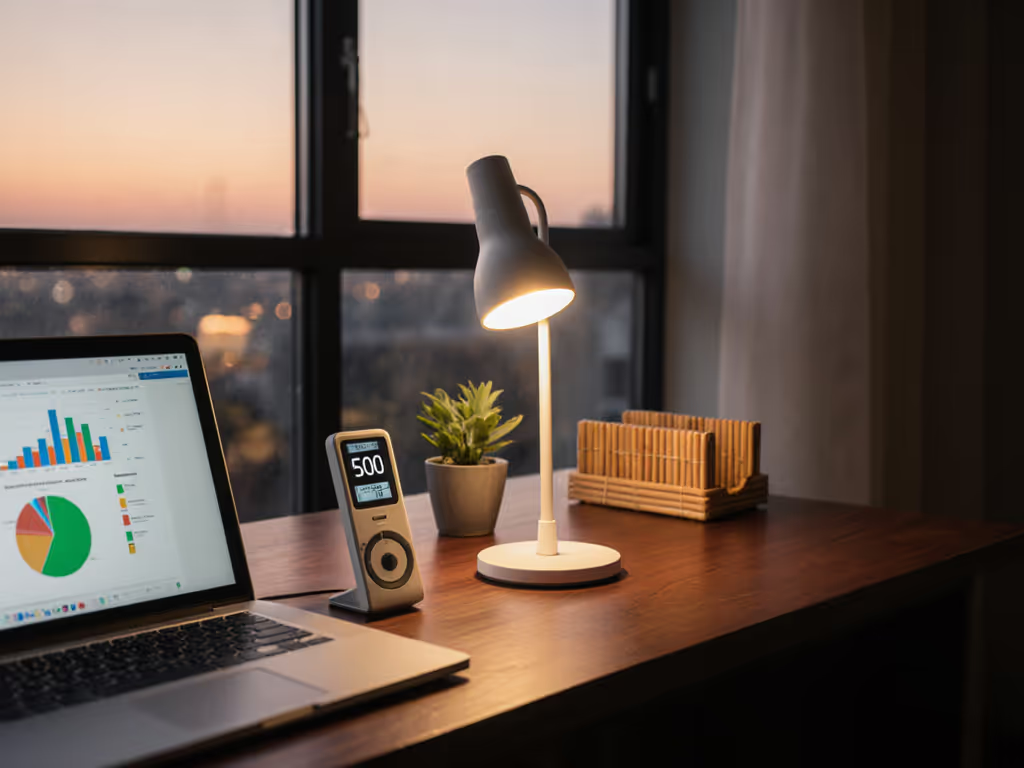
Desk Lamp Maintenance: Proven Care Guide for Longevity
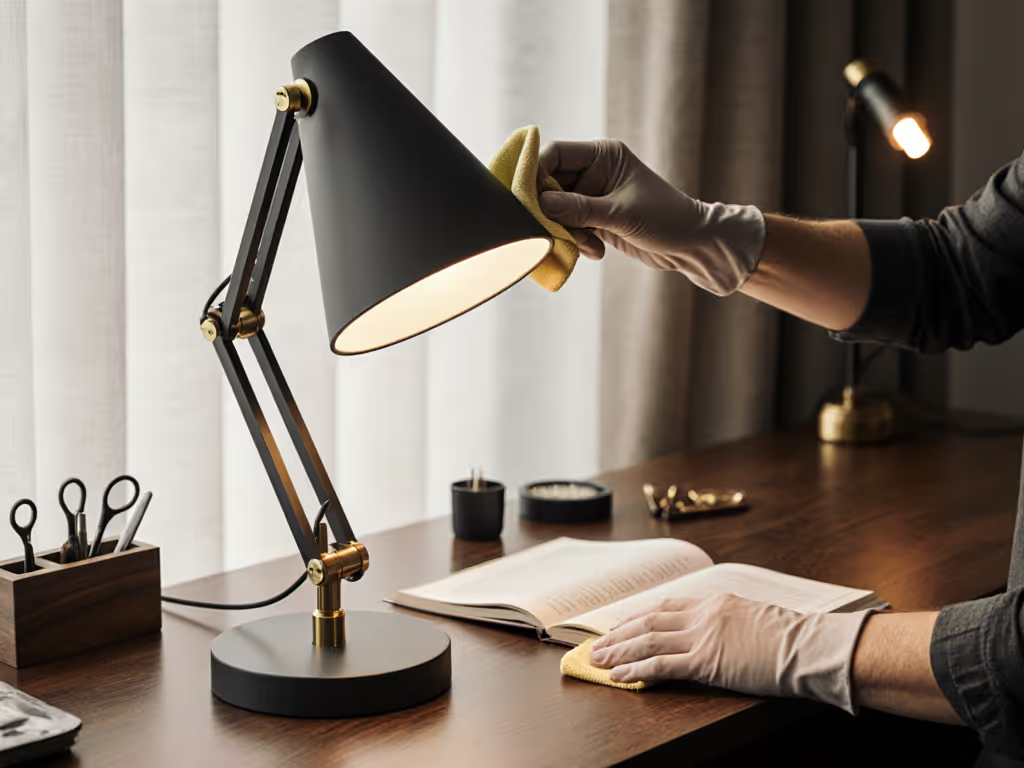
Proper desk lamp maintenance isn't just about keeping your workspace looking tidy, it directly impacts your eye comfort, productivity, and how long your lighting solution will perform reliably. A well-maintained lamp delivers consistent lux levels across your work surface, maintains accurate color rendering, and avoids the flicker that causes headaches during long sessions. This lamp care guide transforms abstract maintenance concepts into actionable steps that preserve both your lamp's lifespan and your visual comfort. I learned this firsthand when my sister asked for 'a lamp that won't hurt' (our simple paper grid test revealed how dust buildup and uneven light distribution were causing her eye strain). What matters isn't just the lamp you buy, but how you maintain it to keep delivering that precise, comfortable illumination you need.
1. Strategic Dusting for Performance Preservation
Forget random wiping. Dust your desk lamp using a systematic approach that aligns with recommended illuminance standards. Start with a dry microfiber cloth (never paper towels; they create static that attracts more dust), focusing on the work plane where light lands. Dust buildup on reflectors or diffusers can reduce output by 15-20% within weeks (enough to drop your desk lux from comfortable 500 to straining 400). Incorporate lamp dusting into your weekly desk reset routine. For monitor-mounted lights like the ScreenBar Halo 2, lift the arm gently and wipe both sides of the light bar where dust collects.
Remember: What you can't see (dust in optical pathways) affects performance more than visible surface grime.
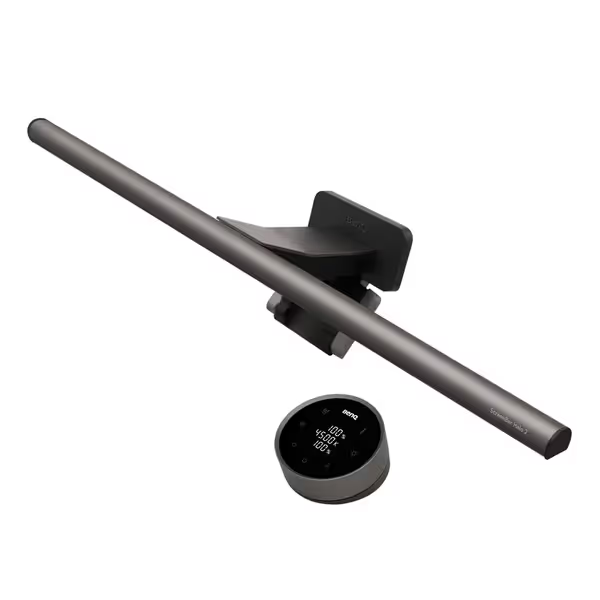
BenQ ScreenBar Halo 2
2. Material-Specific Shade Cleaning
Generic "clean gently" advice won't cut it for your task-specific lighting needs. Match your cleaning method to your lampshade's optical function:
-
Fabric shades (common in warm-task lamps): Use a dryer sheet first, it neutralizes static that causes dust to cling to fibers. Then, vacuum with a brush attachment held 2 inches away. Never rub; circular motions damage fibers and create light-scattering irregularities.
-
Glass/crystal shades: Mix 1 tsp vinegar with 1 cup distilled water in a spray bottle. Spray onto microfiber (not directly on glass) to prevent liquid seepage into electrical components. Wipe in straight lines (circular motions create micro-scratches that scatter light unevenly).
-
Plastic/acrylic shades (typical in modern LED lamps): Use a cotton ball dampened with rubbing alcohol. This removes static-causing residues without clouding the material. Avoid glass cleaners, they contain ammonia that can yellow acrylic over time.
3. LED Replacement Protocol for Color Accuracy
When replacing LEDs, your priority isn't just brightness but maintaining color rendering critical for your work. Skip generic replacements; use bulbs matching your lamp's original CRI rating (90+ for color-critical work). Before installation:
- Verify the new LED's CCT (correlated color temperature) with a smartphone color meter app
- Check for consistent output across the beam angle
- Confirm flicker-free operation at your typical dimming level
For integrated LED lamps (like many monitor bars), check manufacturer replacement procedures, as some require specific driver resets. Improper replacements cause color shift during dimming, ruining your calibrated workspace. If your lamp shows green/magenta tint (DUV issues) after replacement, the LED likely has inconsistent binning.
4. Metal Component Care Without Compromising Finish
Polishing isn't just cosmetic, it preserves thermal management. Aluminum bases transfer heat from LEDs; tarnished surfaces reduce efficiency by 8-10%. But harsh polishes scratch micro-textures designed for optimal heat dissipation. Use this method:
- Mix 1 tbsp baking soda with 2 tbsp water into paste
- Apply with soft toothbrush along metal grain
- Rinse with distilled water on microfiber cloth
- Dry immediately with separate microfiber
Never immerse metal components (even small crevices holding moisture cause internal corrosion that affects electrical contacts). For gold or copper accents, use specific non-abrasive polishes to avoid stripping protective coatings.
5. Electrical Integrity Verification
Quarterly electrical checks prevent safety hazards and performance degradation. Don't just look for frayed wires: test for:
- Voltage drop: Measure output at the lamp vs. wall outlet. Drops >5% indicate failing wiring
- Ground continuity: Use a multimeter to verify proper grounding (critical for flicker-sensitive users)
- Connector tension: Wobbly plugs increase resistance, causing heat buildup
When testing, plug your lamp directly into the wall (not through power strips). If your lamp's output fluctuates with other devices turning on, you've found your culprit. For USB-powered lamps (like monitor bars), always use the manufacturer-specified adapter (lower amperage causes PWM flicker at low brightness).
6. Troubleshooting Common Performance Issues
When your lamp underperforms, diagnose systematically:
-
Uneven light distribution: Rotate the lamp 90 degrees. If shadows shift position, it's a fixture issue. If shadows remain fixed, it's dust buildup on optics.
-
Flicker at low dim levels: Check if flicker occurs only with specific wall dimmers. Many LED lamps require compatible dimmer switches to maintain high-frequency PWM.
-
Color temperature drift: Warm-white LEDs shift blue as they age. If your 3000K lamp now reads 3500K, it's time for replacement, which stresses eyes during evening work.
Document your lamp's baseline performance with a lux meter app. When readings fall below 90% of original, maintenance can't compensate, it is time for replacement.
7. Maintenance Schedule Aligned With Usage Patterns
Forget generic "clean monthly" advice. Build a schedule matching your actual work patterns:
- Daily: Quick wipe of light-emitting surfaces (30 seconds)
- Weekly: Full dusting with illuminance verification
- Monthly: Deep clean of hard-to-reach optical components
- Quarterly: Electrical inspection and output calibration
- Annually: Full disassembly (if possible) to clean internal heat sinks
Heavy users (6+ hours daily) should double the frequency of weekly and monthly tasks. Draft this schedule on your desk calendar, and your eyes will thank you when working past dinner.
Map Your Desk, Preserve Your Light
Desk lamp longevity comes down to precision maintenance, not just periodic cleaning. Every smudge removed, every connection verified, directly impacts your ability to work comfortably for hours. Remember: Start simple: map your workstyle, then dial lux and CCT, then maintain that ideal configuration with these proven steps. When you treat your lamp as a performance tool rather than a commodity, you transform routine maintenance into an investment in daily cognitive clarity. What lighting pattern suits your current task? Take 60 seconds right now to verify your lamp's output matches your needs, and your future self, reading without eye-rubbing fatigue, will appreciate it.
Related Articles

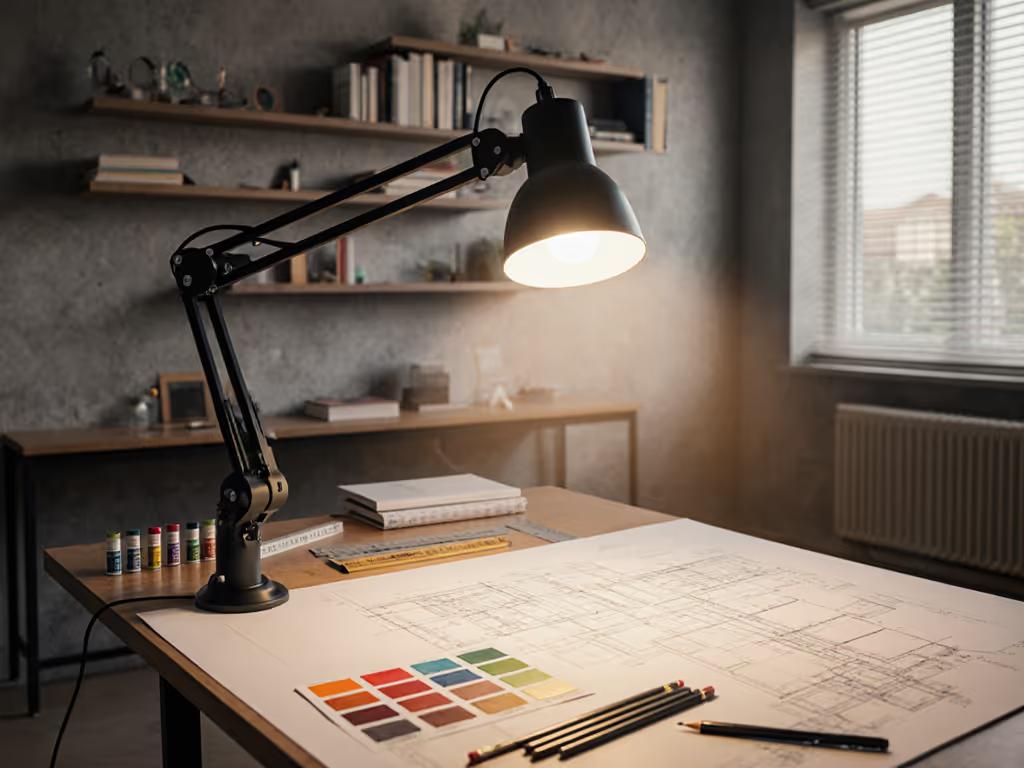
Artist & Student Task Lamps: Fix Glare, Boost Color Accuracy
